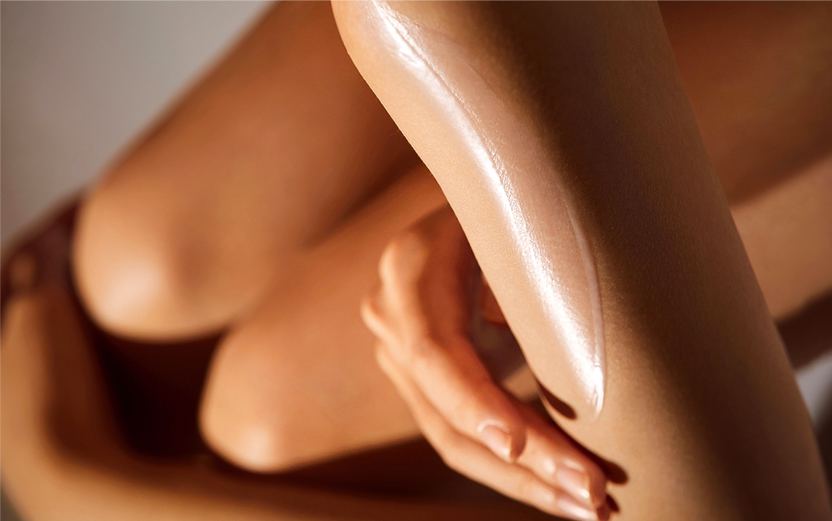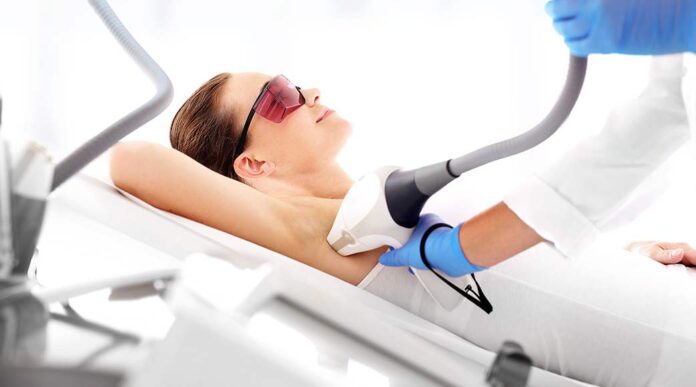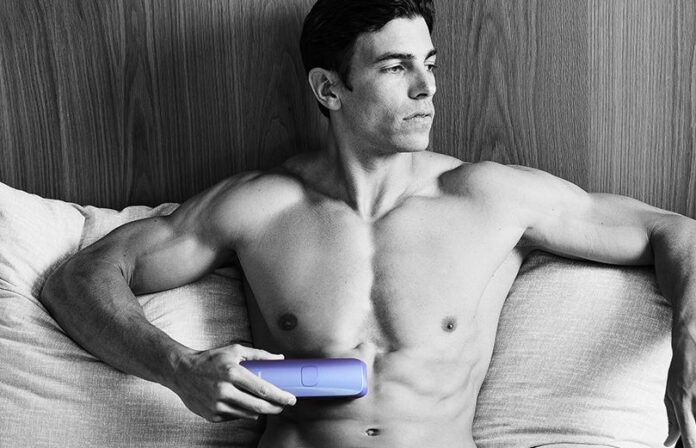Laser hair removal has become quite a popular choice for individuals seeking a long-term solution to get rid of unwanted hair. As a seasoned dermatologist with considerable experience in performing laser hair removal procedures, I believe that achieving the best results extends beyond the treatment room. Proper aftercare is crucial for maximizing the effectiveness of the procedure and ensuring the health and comfort of the treated skin. In this comprehensive guide, I will share valuable insights and expert tips to guide you through the laser hair removal aftercare process.
Laser Hair Removal Process
Before delving into aftercare tips, it’s essential to have a basic understanding of what are we going to cover in this article. LASER is an abbreviation of Light Amplification with Stimulated Emission of Radiation. This gives us an idea about its basic principle as well. Lasers are widely used by practicing dermatologists all across the world as it is used for a myriad of purposes. It is commonly used for hair removal, scar and skin rejuvenation, tattoo removal and mole removal to mention a few.
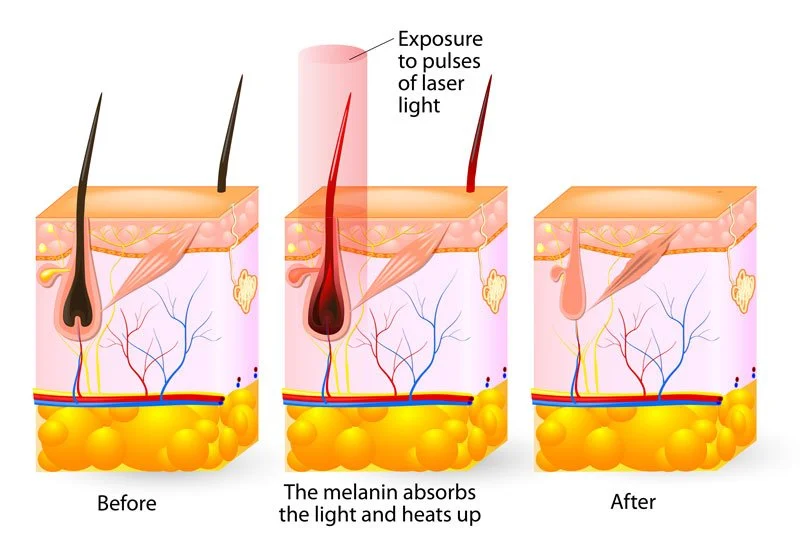
In this article, we will be discussing laser hair removal and its aftercare. During the procedure, highly concentrated beams of light are directed at hair follicles because laser acts on the hair follicle gradually burning the roots and eventually slowing down the growth of the hair cycle in progressive sessions resulting in considerable hair reduction. The pigment in the hair follicles absorbs the light, which ultimately destroys the hair. While the process is effective, it requires careful post-treatment care to optimize results and minimize the potential side effects.
Immediate Post-Treatment Care
-
Cooling and Soothing Measures
After your laser hair removal session, the treated area may be slightly erythematous (red) and sensitive. Applying a cold compress or an ice pack wrapped in a thin cloth for about 30 minutes after the procedure can help soothe the skin and reduce redness.
Aloe vera gel, known for its calming properties, can also be applied to the treated area as an alternative. Opting for a fragrance-free, hypoallergenic option is advisable to minimize the risk of irritation. Having said that, it is still better to go for an ice pack because I give that to every patient in my clinical practice, and it has shown the best results. Post-procedure, the skin is pretty sensitive, and some individuals might not even be able to tolerate aloe vera as well.
-
Avoiding Sun Exposure
The treated skin becomes more susceptible to UV damage after laser hair removal. It is crucial to avoid direct sun exposure for at least a week post-treatment. If outdoor activities are unavoidable, apply a broad-spectrum sunscreen with an SPF of at least 30 or higher. Reapply every two hours to protect the treated area from harmful UV rays as the sunblock wears off if you perspire or wash your face so reapplying it is equally important. If you fail to take this precautionary measure, there is a dire chance that your skin will get burnt after the procedure.
-
Avoiding Irritants
Steer clear of harsh skincare products, such as retinoids and glycolic acids, at least for a week before and after the treatment. These can cause additional irritation to the treated skin. Fragranced lotions and perfumes should also be avoided during the initial healing period. Opting for gentle, hypoallergenic moisturizers is advised to keep the skin hydrated without irritating it.
Medium-Term Aftercare
-
Moisturization
Hydration of the treated area is imperative for preventing dryness and promoting optimal healing. Use a fragrance-free, hypoallergenic moisturizer to maintain the skin’s moisture levels. Moisturize the treated area twice daily, paying extra attention to any signs of dryness or flakiness. Well-hydrated skin is more likely to recover without complications.
-
Gentle Cleansing
Cleanse the treated area with a mild, fragrance-free cleanser to prevent infection and remove any residual treatment gel. Avoid scrubbing or rubbing the area vigorously, which may irritate the skin and result in delayed healing. Pat the skin dry with a clean, soft towel, preferably a microfibre cloth, rather than rubbing it to minimize friction and reduce the risk of irritation.
-
Loose Clothing
Opt for loose, breathable, pure cotton clothing to prevent friction and irritation in the treated area. Tight clothing or even mixed fabric, in certain instances, can exacerbate sensitivity and may lead to discomfort during the healing process.
Long-Term Maintenance
-
Follow-Up Sessions
Laser hair removal typically requires multiple sessions for optimal results. Adhering to the recommended schedule and completing the full course of treatments is crucial for achieving lasting hair reduction. A lot of patients take long gaps and this results in poor results because at least the first four to five sessions should be taking place within the time span of one month because laser acts on the hair cycle by slowing its growth and long gaps lead to poor results. Discuss any concerns or changes in your medical history with your dermatologist to ensure the ongoing safety and effectiveness of the procedure. For instance, if you have polycystic ovarian syndrome, it is extremely important to keep your dermatologist aware of your treatment plan and your response to the treatment because laser will only produce optimal results when the underlying cause is being treated effectively.
-
Hair Removal Alternatives
While laser hair removal is effective, occasional touch-ups may be required even after completing the course of an advised number of sessions. In the long term, consider alternative methods such as shaving or depilatory creams ( such as eflornithine cream) to manage any residual hair growth between sessions.
Avoid waxing or plucking between sessions, as these methods can disrupt the hair follicles and interfere with the laser’s effectiveness. Do not bleach your hair, either, as the laser does not work on bleached or white hair.
-
Communicate with Your Dermatologist
Clear communication with your dermatologist is key to ensuring the best results. During follow-up appointments, discuss any unexpected side effects, changes in your medical history, or any concerns about the treatment. Your dermatologist may recommend additional skincare products or adjustments to your aftercare routine specifically tailored to meet your needs.
Conclusion
Mastering laser hair removal aftercare is a collaborative effort between the dermatologist and the patient. By following these expert tips and incorporating them into your post-treatment routine, you can enhance the results of laser hair removal and enjoy smoother, hair-free skin. Patience and consistency are key to achieving the best and most enduring outcomes from this advanced hair removal method. Therefore, it is essential to choose an experienced dermatologist who has considerable experience in handling laser devices and managing and guiding patients before and after the procedure.
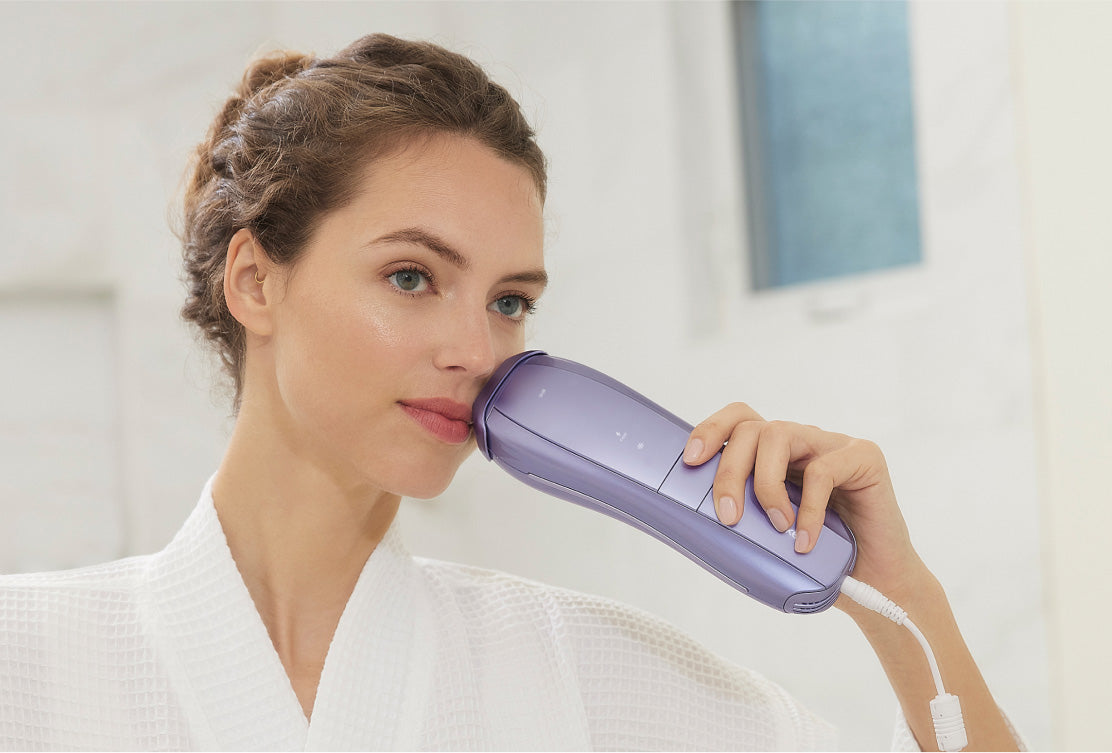

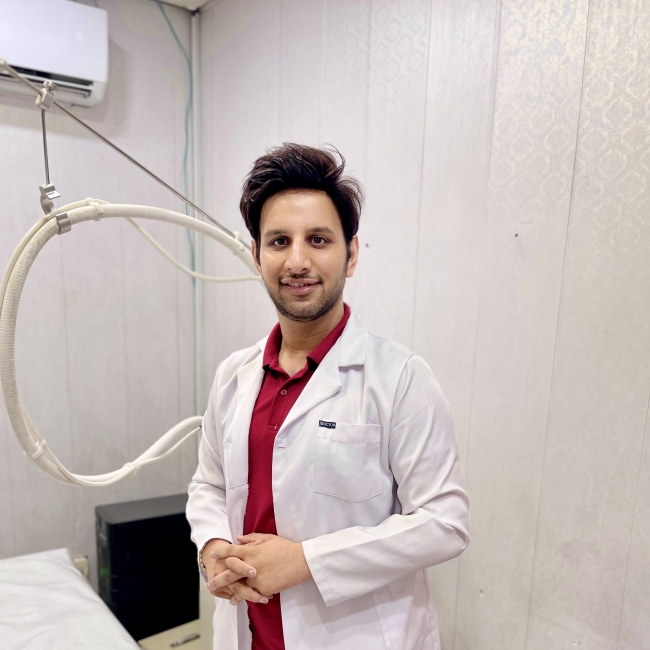 By Ahsan Farooq Khan
By Ahsan Farooq Khan
